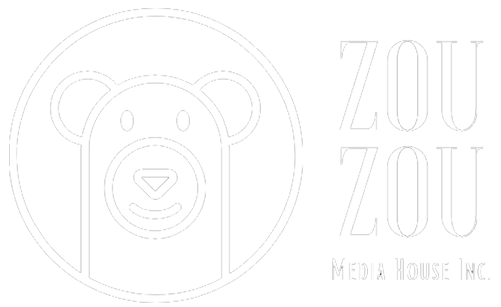Demystifying the Publishing Process: An Overview of the Publishing Journey from Manuscript Submission to Book Distribution.
The publishing process, a seeming maze of steps and phases, is often perceived as intimidating by many aspiring authors. It can appear as an enigma, a sequence of tightly held trade secrets only the initiated understand. This blog aims to demystify the publishing journey, guiding you from the moment your manuscript is complete to when your book reaches its readers.
1. Manuscript Completion
Before anything else, you need a finished manuscript. This doesn't merely mean completing your story or content; it means revising, refining, and possibly seeking feedback from beta readers or critique partners to ensure your work is polished.
2. Deciding on a Publishing Route
There are primarily two avenues: traditional publishing and self-publishing. The former involves selling your manuscript to a publishing house, while the latter requires you to publish the book on your own, assuming all responsibilities and costs.
3. Submission to Agents/Publishers
For traditional publishing, most large publishers require authors to approach them through literary agents. You'd need to research agents that align with your genre, craft a compelling query letter, and patiently wait for their response.
4. The Evaluation Process
Once submitted, your manuscript undergoes evaluation. In traditional publishing, this means editors and possibly an acquisitions board will review your work. They assess marketability, quality, and fit with their list.
5. The Editing Phases
After acceptance, your manuscript undergoes various rounds of editing:
Developmental Editing: Big-picture issues like plot, character development, and structure.
Copy Editing: Grammar, punctuation, and consistency.
Proofreading: Last-minute checks for any overlooked errors.
6. Design and Layout
The visual appeal of a book is crucial. A professional designer crafts the cover, while the interior layout ensures readability. This stage also involves deciding on hardcover vs. paperback, eBook formats, and other specifications.
7. Printing
With everything ready, the book goes to print. In traditional publishing, the publisher handles this. If you're self-publishing, you'd decide whether to print on demand or order in bulk.
8. Distribution
This is the phase where your book reaches stores and readers. Traditional publishers have established distribution networks, ensuring your book lands in major bookstores and online platforms. Self-publishers can leverage platforms like Amazon or work with distribution services.
9. Marketing and Promotion
A book's success often hinges on marketing. Publishers usually handle publicity for their high-profile releases, but most authors contribute by engaging in book tours, interviews, and social media marketing.
10. Sales and Feedback
Once your book is out, it generates sales and reviews. Positive feedback can propel further sales, while constructive criticism can guide future work.
The publishing journey, while intricate, is navigable. Whether you opt for traditional publishing or take the self-publishing route, understanding each step empowers you to make informed decisions. Your dream of seeing your book on shelves, physical or digital, is entirely attainable. So, keep writing, stay informed, and relish the journey!
Disclaimer: This overview covers the publishing process in a general sense. Individual experiences might vary based on the specific publisher, genre, market trends, and other factors. If you have any questions about the publishing process, schedule a FREE discovery call here

